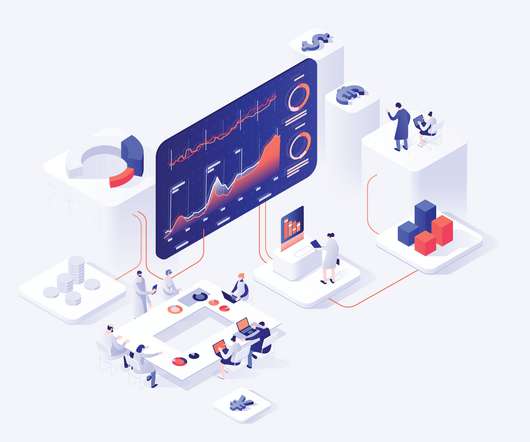What is data analytics? Analyzing and managing data for decisions
CIO Business Intelligence
JUNE 7, 2022
More specifically: Descriptive analytics uses historical and current data from multiple sources to describe the present state, or a specified historical state, by identifying trends and patterns. Diagnostic analytics uses data (often generated via descriptive analytics) to discover the factors or reasons for past performance.













Let's personalize your content